What can our movement learn from anti-tobacco campaigns?
While every movement is unique, there are common threads that run through all social justice issues – and lessons to be learnt from diverse campaigns...
The Truth Initiative is a campaign aimed at ending teen cigarette smoking and vaping in the US. Its core narrative is focused on the deception of ‘Big Tobacco’ and the ability of young people to challenge it and take back control. It has been hugely successful, seeing the percentage of teen smokers falling from 22.6% in 2000 to 2.3% in 2021. (With vaping also declining from 18.1% -13.3% in just 2 years.)
So, how did the Truth campaign persuade teenagers to stop smoking?
They found out what mattered most to teenagers
The Truth campaign knew the importance of understanding their target audience and appealing to their aspirational identities. Through extensive research, they found three aspects of how many teenagers wanted to be seen by their peers:
#1 Many teens want to be seen as cool and rebellious
This was something the tobacco industry already understood about their audience, and had been tapping into this particular aspirational identity in their ads for decades…
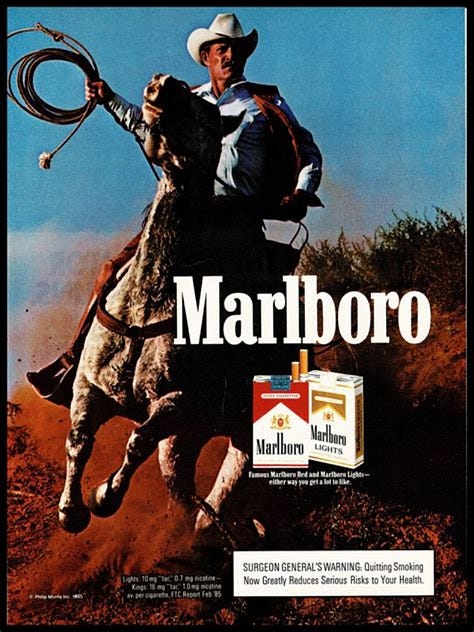
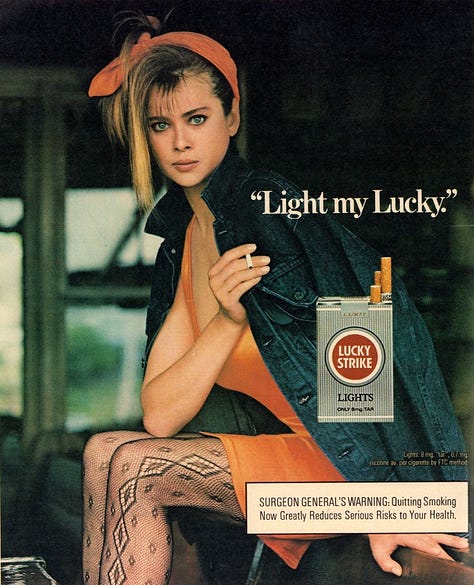
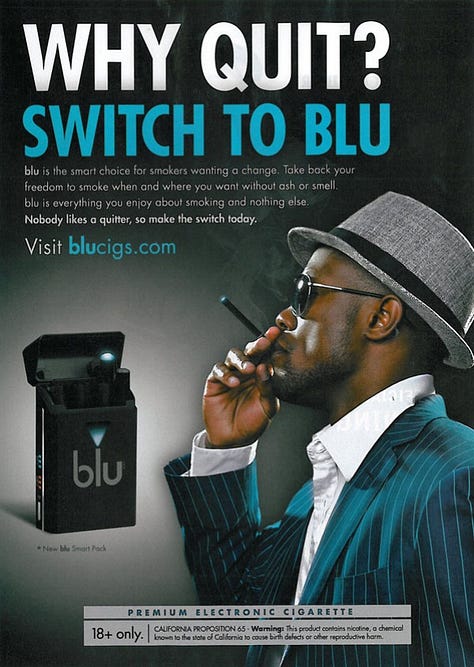
And it wasn’t just in tobacco marketing that this identity was reinforced. Big Tobacco’s narrative strategy was so effective, the idea of smoking as being cool and rebellious had become firmly embedded in popular culture…



Yet most anti-smoking campaigns weren’t learning from the tactics of Big Tobacco (or popular culture) by tapping into people’s aspirational identities. Instead, they opted for shock, disgust and fear…

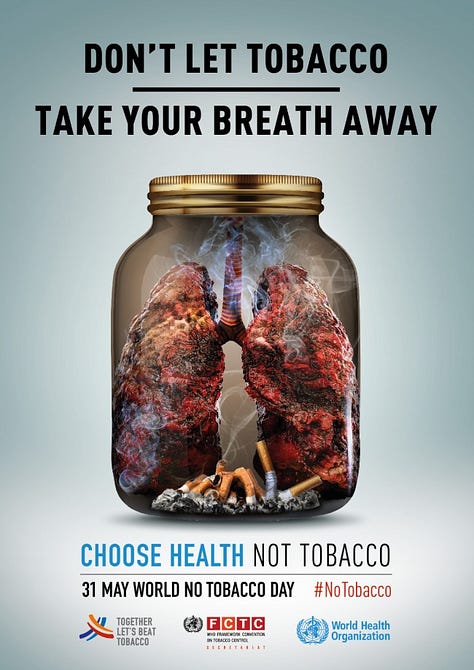
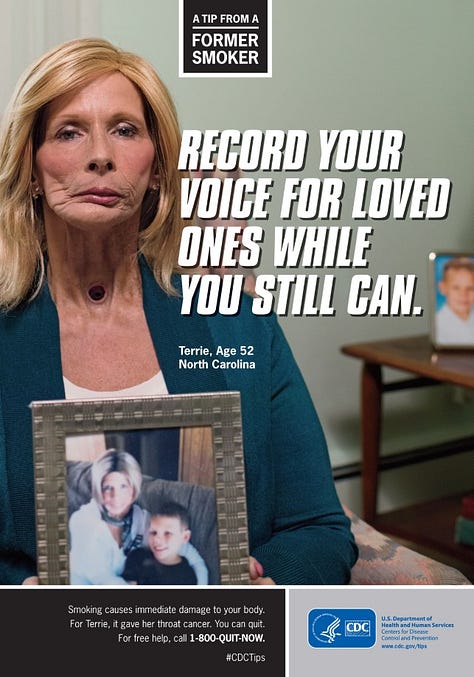
While there’s certainly a place for a variety of tactics to grab people’s attention, it’s important to do so in a way that still resonates with an audience. The Truth campaign does use some shock imagery in their ads – but sparingly. And they make sure they use their audience’s language in their communications, using slogans like: ‘Take Control’ (another aspirational identity of their audience – see below) and humorous youth lingo like ‘Left Swipe Dat’ (a reference to swiping left/no on a dating app, for those of us over a certain age!).
The Truth campaign also recognises the importance of using humour and light-heartedness to convey their message and connect with their audience – not traits usually employed in anti-smoking ads…
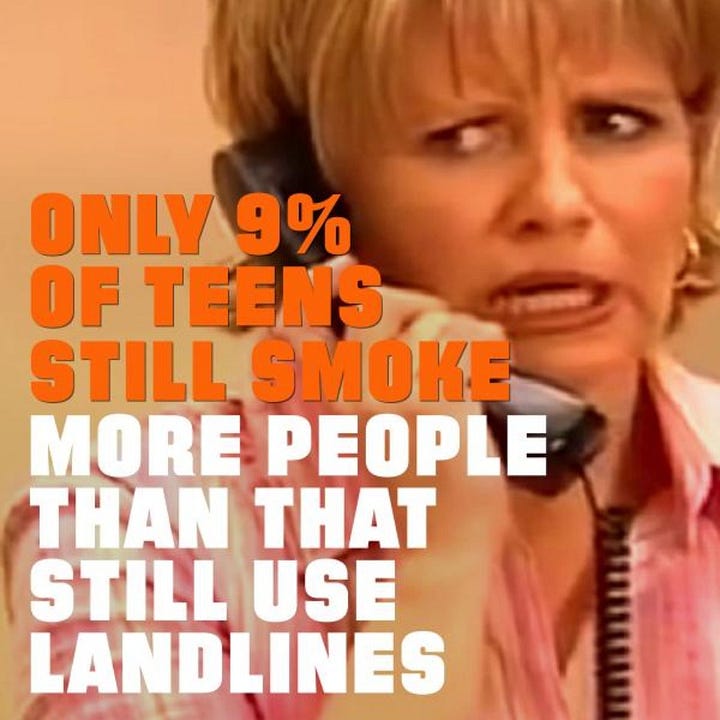

As well as humour, the Truth campaign uses bold messaging that completely deviates from other anti-tobacco ads. Through messages like the below, Truth defiantly frames the problem as the industry, not smokers.
While the Truth campaign does occasionally use facts in some of its messaging, it also understands that humans are emotional beings more than logical ones, and therefore values, identities and stories are often more persuasive than facts. The campaign’s success lies in understanding it needs to reframe being cool and rebellious as not smoking.
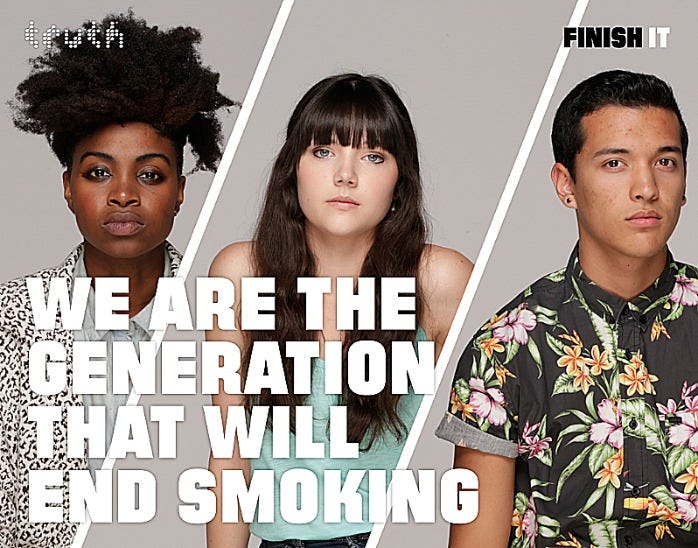
Messages like these also speak to the second aspect that researchers found was important to teen audiences:
#2 Teens want to be seen as empowered and independent
‘Truth’ as a name frames the campaign as honest, which automatically frames the tobacco industry as deceitful. The campaign exposes industry tactics and frames Big Tobacco as the ‘enemy’ – boldly calling out the industry and pushing for change with ads like the below:
Rather than making teen smokers feel bad for smoking, the campaign instead connects with their aspirational identities, framing teenagers as smart, independent change-makers for resisting manipulative industry tactics through messages like these:
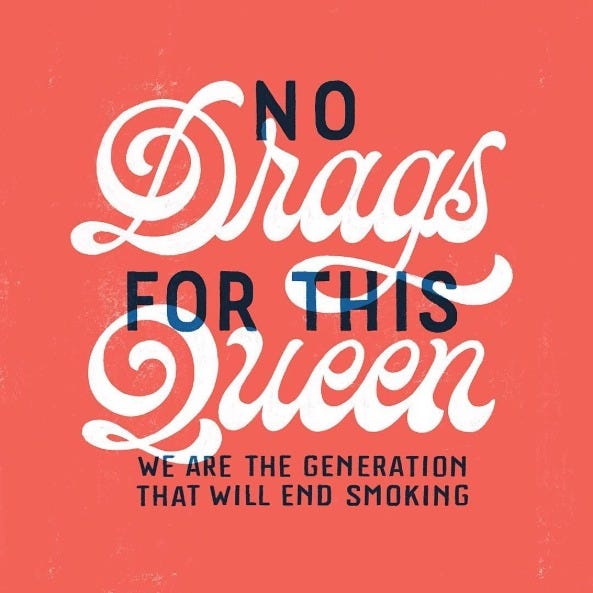
These messages frame individual change as empowering and collective change as part of social progress. They also connect with the third desire of their audience:
#3 Teens want to feel like they belong to the ‘in-group’
Another clever comms strategy of the campaign is to create a sense of a unified ‘us’ in teenagers who are giving up or choosing not to start smoking/vaping. The campaign isn’t framed as an organisation that is acting for teenagers; it’s framed as a campaign by teenagers.
The campaign also shares stories of relatable trusted messengers, talking about their decision to quit smoking, and subtly inspiring others to do the same:
Campaign messages also connect with youth interests – like gaming skills – to reach and inspire new audiences, showing how smoking affects more than just health…
And the campaign ads similarly connect with youth concerns, like mental health, the environment and social justice, broadening the issue of smoking beyond one of just individual choice. The campaign subtly frames the ‘victims’ of the drama as teenagers’ mental health, the health of the planet, and racially profiled young people.
What’s effective about the narrative strategy of the Truth campaign?
Showing not telling – Truth doesn’t tell teenagers not to smoke (like standard anti-tobacco ads often do); it helps them reach that decision themselves. Which is key for an audience that wants to feel empowered and independent, and that they can make up their own mind about something…
Sticking to the facts – As evident from their name, Truth emphasised facts – information about the addictiveness of smoking, deaths and diseases, marketing practices of Big Tobacco, etc. – rather than directly telling their audience to stop smoking. Along with slogans such as “this is your truth” and “you do you”, this messaging gave teens both the knowledge and space to come to their own conclusions and not feel manipulated or coerced.
Framing the ‘enemy’ as Big Tobacco – Rather than blaming individuals for their smoking habits (as many anti-tobacco ads do), Truth framed Big Tobacco as the problem. In direct opposition to their core narrative of ‘Truth’, these industries were positioned as ‘liars’, deceiving young people about the dangers of smoking and getting them addicted.
Framing teens as ‘heroes’, not ‘victims’ – Truth frames teens as the ‘heroes’ of the story, taking control and standing up to Big Tobacco. Not victims of their addiction, who should feel ashamed or guilty.
Connecting with aspirational identities – Truth tapped into the aspirational identities of young people as change-makers fighting the forces of deceit and addiction to gain autonomy. Research by the Millennial Impact Project found that millennials believed they could make a bigger impact on the world than governments or other institutions. Speaking to this, Truth used the slogan “we are the generation that will end smoking”.
Framing non-smokers as cool – Truth took the time to understand that teen smoking was driven by the social pressure to fit in and be ‘cool’, and this outweighed the risks of lung damage. To address this and remain authentic, they avoided claiming that smoking wasn’t cool and instead used words, images and stories to show that it was cool to be a non-smoker and that this was in fact a better symbol of youthful independence and rebellion.
Using young people as trusted messengers & brand designers – To resonate with their target audience, Truth made sure that those representing and delivering campaign messages were young people. This added power to their anti-smoking message, as teens could see aspirational and relatable versions of themselves in their stories.
Having a clear vision – Truth’s success can also be credited to its clear vision of ‘a future without smoking’. Crucially, this goal was also framed as achievable by referring to accomplishments that had already been made: “we worked together to get the teen smoking rate to the lowest it’s been in decades. Now, we’re building a future without smoking”.
Key takeaways for the animal freedom movement
Reframing the enemy – The current dominant message of ‘Go vegan’ implies that the solution is an individual one, and therefore that the problem is too. This frames meat-eaters as the ‘villain’, and obscures the harmful actions and deceitful tactics of animal exploitation industries. Instead, we need to frame the industry as the ‘enemy’ (but an ‘enemy’ that is capable of change), reveal their tactics, and show how they violate our shared values of kindness and care for other animals. In short, we need to reframe this as a systemic problem that needs systemic solutions, not an individual problem that requires individual change alone. By reframing the ‘enemy’ as the industry and not individuals, we’ll avoid provoking defensiveness and shame in others, and help build wider support, just like Truth did with teen smokers.
To avoid challenges about our movement being anti-farmers, it can be helpful to frame the industry as ruled by corporate greed, making clear the majority of the industry is controlled by just 7 mega corporations* (*in the UK). Like Truth did with ‘Big Tobacco’, there are a growing number of messages about the deceitful tactics of ‘Big Animal Ag’ emerging from our movement.
Reframing ‘choice’ – One harmful narrative our movement needs to challenge is that veganism is a ‘personal choice’ and also that being vegan involves ‘less choice’. Instead, we can reframe the issue as Big Animal Ag taking away our choices through their deception, making society believe we need to eat other animals and preventing us from living in line with our shared values.
Appealing to aspirational identities – Framing eating vegan as being desirable/cool, as well as a way to live authentically and not be manipulated by ‘Big Animal Ag’, is becoming more prevalent in our movement. The Eat Differently video is a great example of appealing to desirable identities by framing ‘eating differently’ (note how they never use the word ‘vegan’) as being cool and innovative, as well as living in line with our core values of compassion and care. As a movement, can we reframe veganism as:
a form of empowerment (both individual and collective)
an act of solidarity with our animal cousins
a boycott against cruelty
social progress
rather than an individual choice? Instead of the directive of ‘Go vegan’ (which is likely only persuasive to a small percentage of people who are further along their journey of contemplating this issue and being open to change), would messaging like ‘We can be the generation that ends animal cruelty’ make people feel more empowered?
Connecting with people’s existing beliefs and values – As Truth shows (and so many other successful campaigns and movements), a winning narrative strategy isn’t about convincing someone to change their mind – it’s about showing them that they already agree with what a campaign or movement stands for. And when we frame the issue as a violation of shared values like care, fairness and honesty, it can help people think about the issue in more helpful ways.
Creating a bigger us – As advocates we need to work on creating a sense of a bigger us – not just with our animal cousins, but with people who care about fellow animals, but aren’t yet vegan. If we’re to achieve animal freedom, it’s vital we frame ourselves as a movement that the vast majority of people feel inspired to support and even join, because it connects with their existing values and identities.
Using graphic images mindfully – While shocking images can be effective, they shouldn’t become the dominant imagery of our movement. Like Truth, we need to experiment with being bolder and more playful in our communications, using humour and light-heartedness to connect with a broader diversity of people.
Taking advantage of the zeitgeist and reinforcing animal freedom as an issue of social justice – While fellow animals should never be sidelined completely in our messaging, making connections between animal agriculture and issues of human exploitation can help broaden people’s understanding. The harms of animal industries can be framed as an issue of systemic racism and classism by highlighting that many of the workers in the UK animal ag industry are migrants who suffer poor conditions and low pay to feed the demand for cheap animal ‘products’. Workers who often suffer PTSD, which can have ripple effects in communities affected by rises in violence.
Using non-exaggerated facts to counter the misinformation of animal industries and frame ourselves as credible truth-tellers – To avoid scepticism or dismissal of a message, Faunalytics advises that we should include facts with citations, and that these must err on the conservative side (e.g. if some statistics claim 85% of farmed animals are factory farmed, while others claim 95% are, it might be better to say ‘at least 85%’ or ‘up to 95%’). Additionally, it’s helpful for facts to be accompanied by assertions that this information is widely known, so people are less likely to question it.





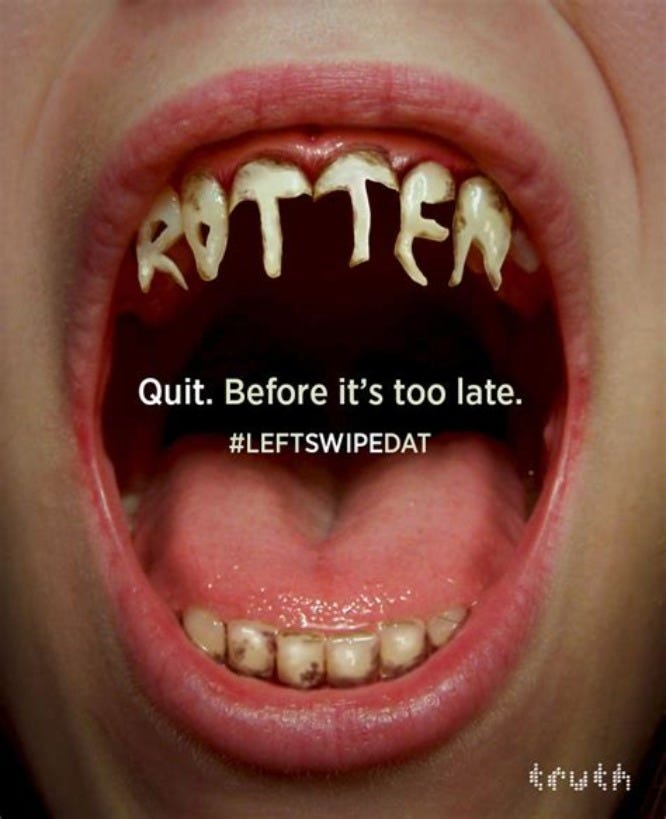



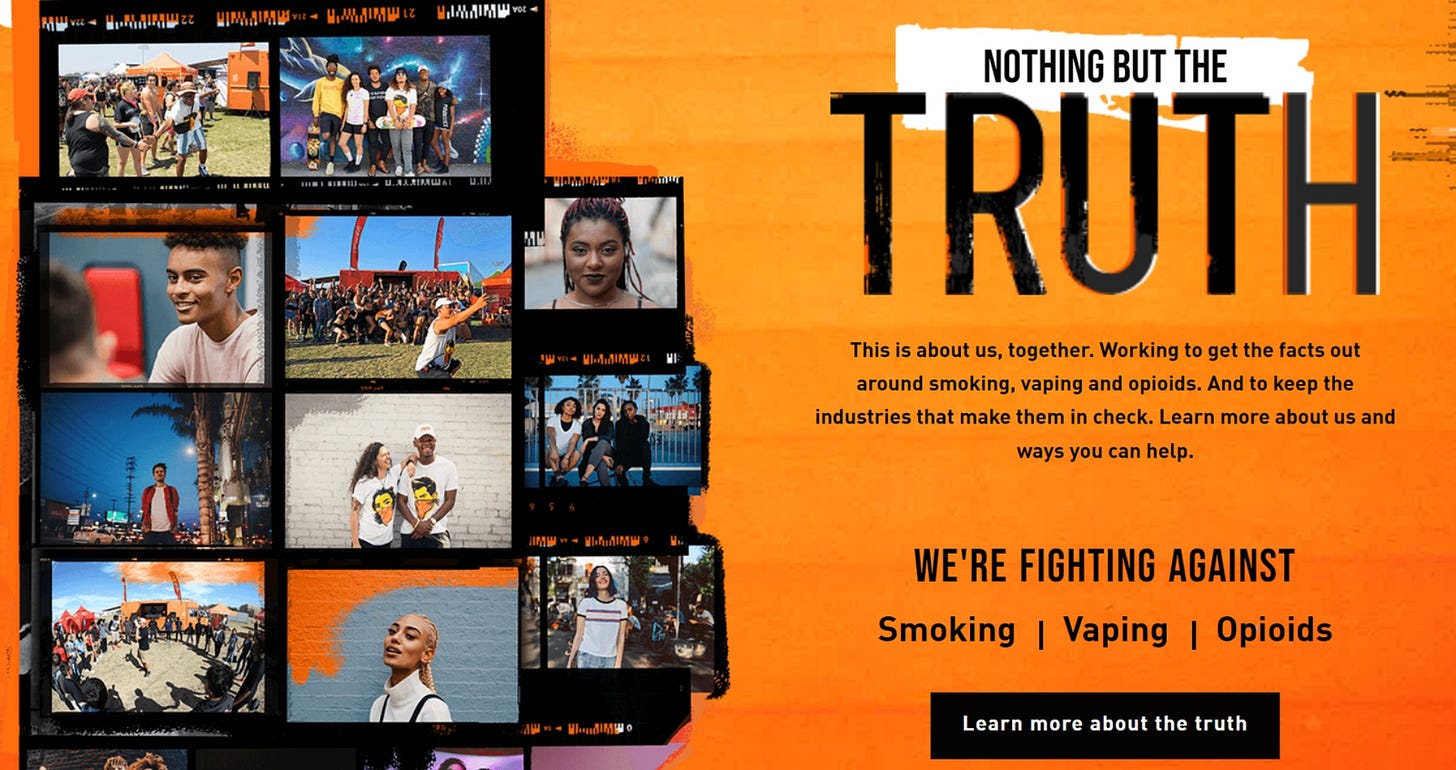

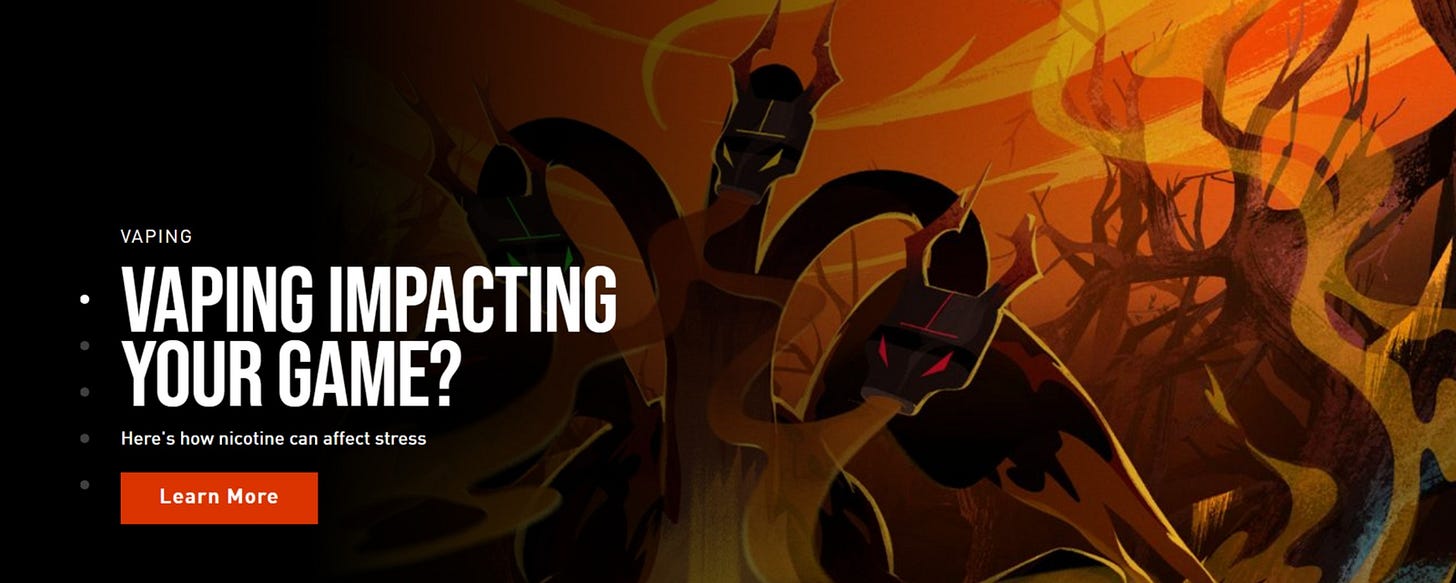



This is an interesting analysis, and it's very intriguing to me that smoking declined so much from 2000 to 2021 — but I don't see evidence here that Truth Campaign's messaging *caused* that decline.
How do we know that trend hadn't already been started previously by other factors? Ideally, I'd like to see randomized use of Truth Campaign ads in different areas, and seeing if targeted areas saw faster declines in smoking than others.
I'm sympathetic to the idea that these messaging tactics, like avoiding shame and villainizing big evil systems, are effective. But I'm wary of overgeneralizing — especially to other movements — without solid evidence.
My instinct is that avoiding shaming people is a good idea if you want to change their behavior, but I know others disagree and I haven't seen strong evidence yet to support either conclusion. I've seen somewhat weak empirical research from the NIH that actually cuts in the pro-shame direction. (https://pubmed.ncbi.nlm.nih.gov/25666549/)